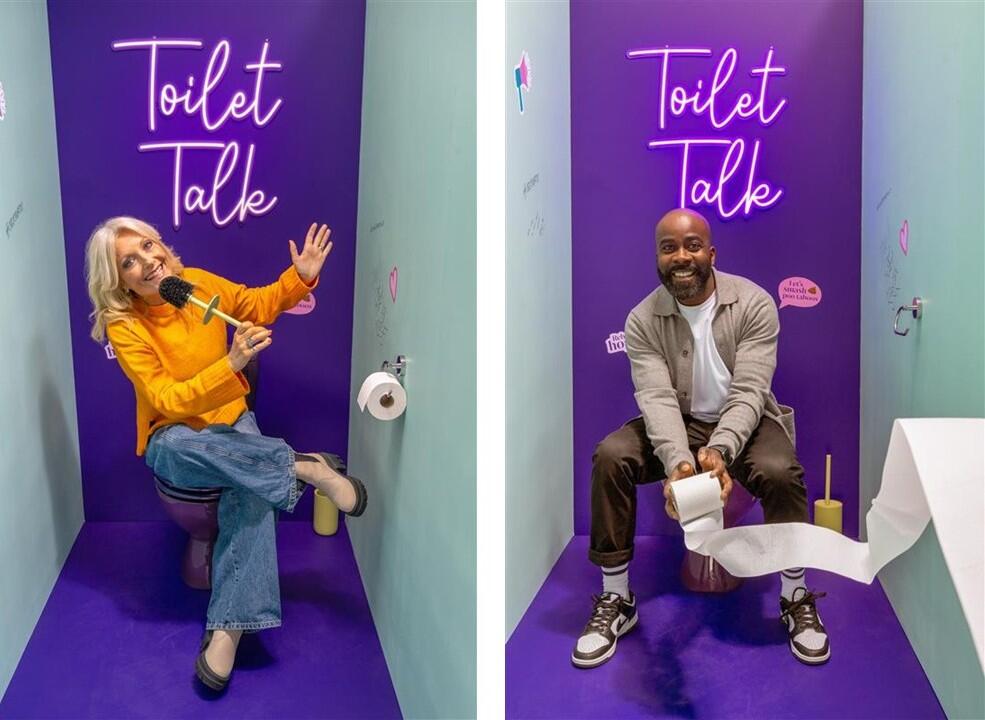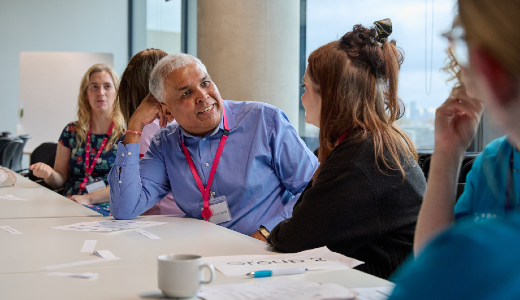Involvement news and stories

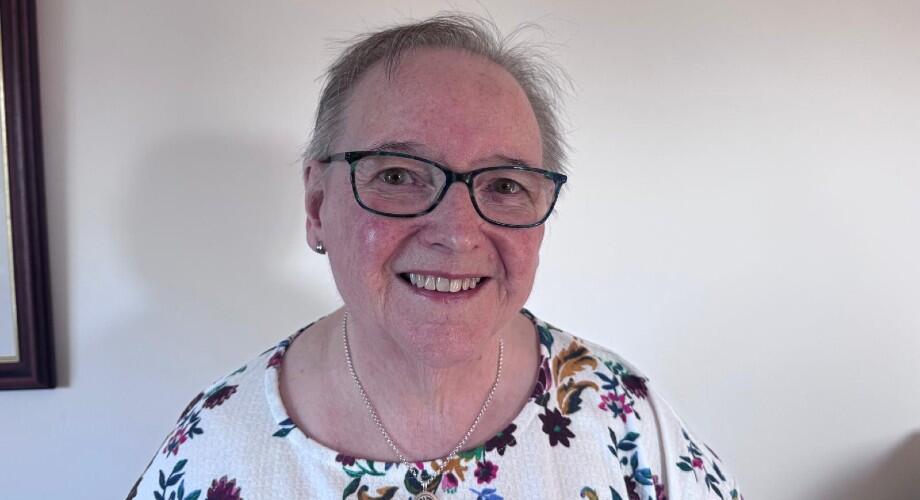
Meet Margaret
For ten years, Margaret’s dedication has helped shape how we work with people affected by cancer. Her story reflects the true value of patient involvement and the lasting impact it can have.
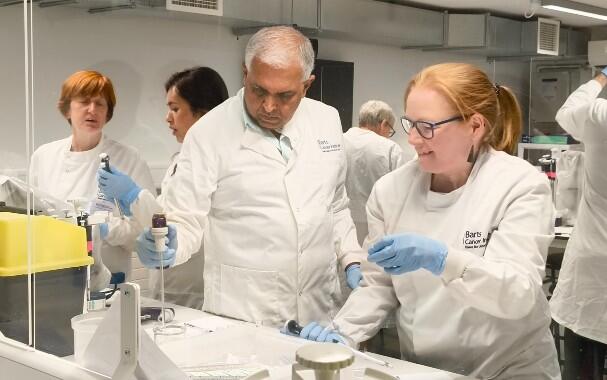
Rashmi’s journey through the VOICE course
Meet Rashmi, whose involvement began with personal loss but grew into a mission to make research more inclusive. As a carer and member of our Cancer Insights Panel, he recently took part in the VOICE course, an experience that gave him knowledge, confidence, and something unexpected: hope.
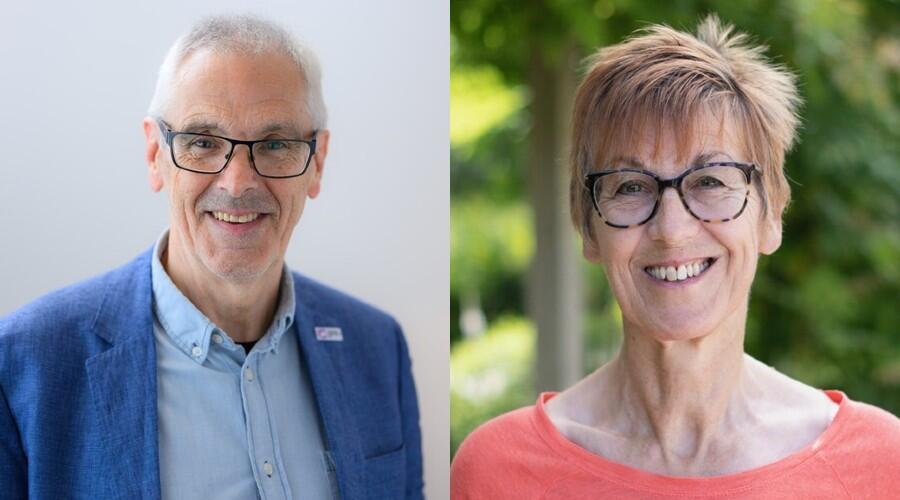
Meet Sue and Patrick
What began with personal loss has grown into a shared mission to make a difference. Over the past decade, they’ve worked side by side to ensure people affected by cancer have a voice in shaping research.
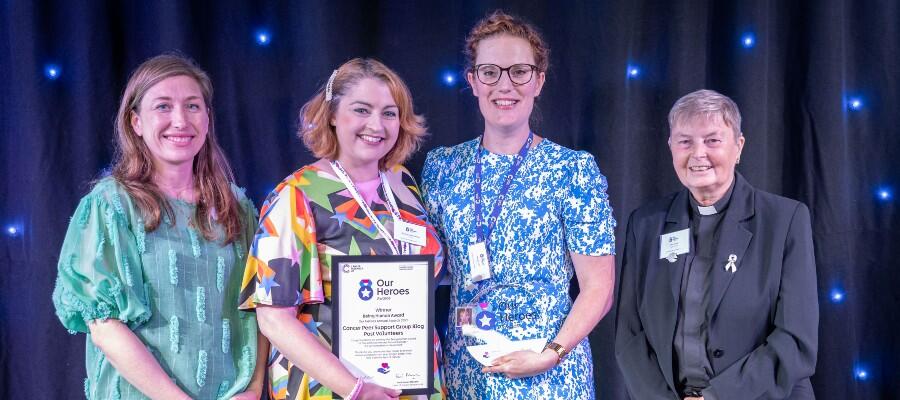
Kes, from patient to presenter
A passionate member of our Involvement Network. Kes brought insight, warmth, and authenticity to our staff annual awards as both a judge and presenter. Her story is one of resilience, advocacy, and deep commitment to improving life for people affected by cancer.
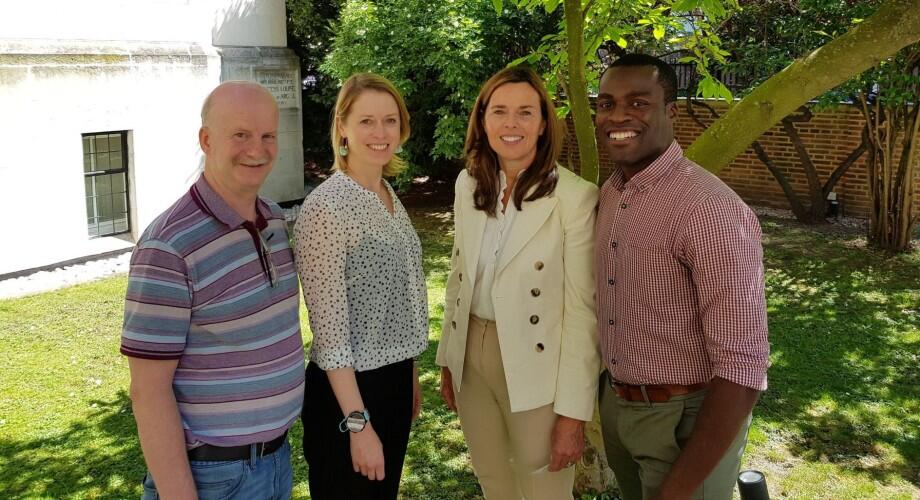
Meet Mike
After his prostate cancer diagnosis, Mike joined the Involvement Network and became a national voice for patients. His decade of commitment shows how lived experience can drive meaningful change.
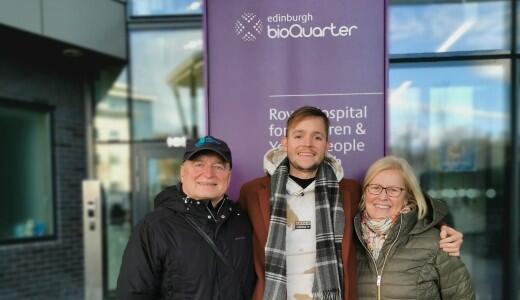
Meet Nic
"Young people affected by cancer face unique challenges, that demand more attention and support. A wide range of issues arise - from delays in diagnosis and difficulties accessing age-appropriate treatment to a lack of meaningful help for the significant emotional and social impacts cancer has during such a formative stage of life."

